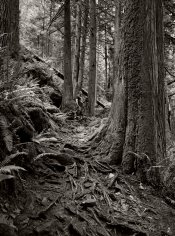Sorrycharlie
Member
Hi guys. I’ve just bought someone’s darkroom setup and included with it is a LOT of grade 3 paper. Ilford ilfospeed 3. I’ve gone through it and tested strips and it’s all still good. I’ve made a few prints with it and not surprisingly, my results have not been great. I’ve noticed some negatives obviously look better than others.
So my question is. What types of images should I be looking for to get through the paper? Should I be looking at under or over exposed images? Also, what contrast control do I have if at all? I’ve read that developers can affect it but I just use ilford multi grade. Can I do much with dodging and burning? Are there other techniques?
I’ve only been printing in the darkroom now for just over a month so I am very much a beginner still and have absolutely no idea what I’m doing. I’ve made some nice prints with VC paper but would love to utilise the grade 3 because I have LOTS.
So my question is. What types of images should I be looking for to get through the paper? Should I be looking at under or over exposed images? Also, what contrast control do I have if at all? I’ve read that developers can affect it but I just use ilford multi grade. Can I do much with dodging and burning? Are there other techniques?
I’ve only been printing in the darkroom now for just over a month so I am very much a beginner still and have absolutely no idea what I’m doing. I’ve made some nice prints with VC paper but would love to utilise the grade 3 because I have LOTS.















